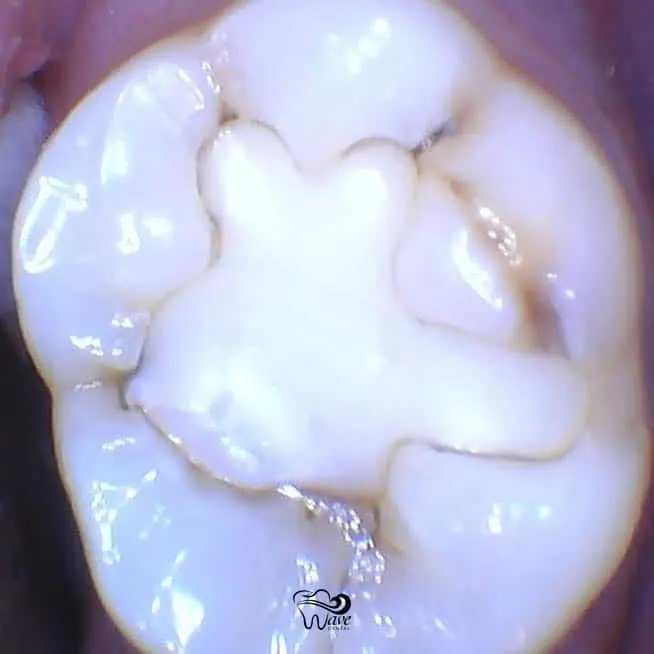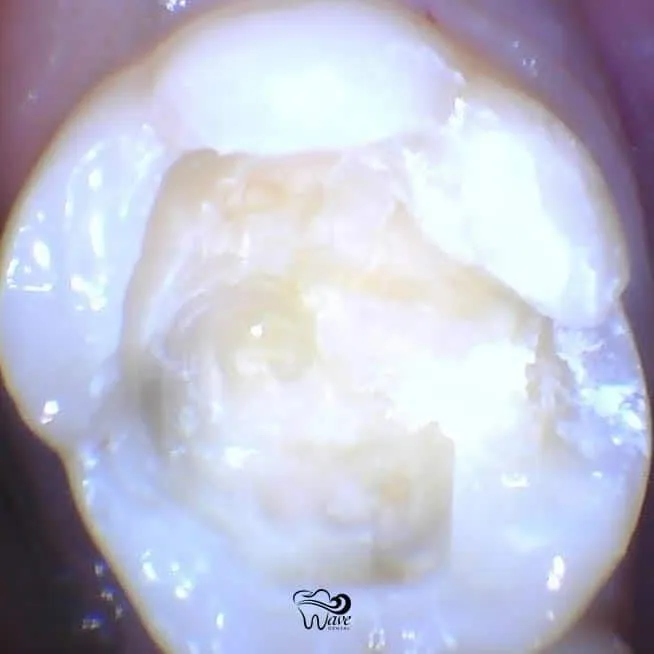When Is It Time To Replace A Filling?
Dental fillings fail due to a number of factors. Replacing them as soon as possible can save you pain, potential tooth loss, and a lot of money.
My patients often ask me, how long does a filling last? The short answer is: it depends on the type of filling and your own biology, as every patient is different. Even teeth with fillings are subject to cavity-causing bacteria, as well as daily wear and tear, so most fillings will need to be replaced eventually.
Decay and fractures often don’t hurt, so it is important that you follow up at least once a year with your dentist to detect any problematic fillings before they cause an infection or fracture.
Early treatment of recurrent decay could save you from pain and tooth loss, or at least prevent you from needing more extensive and costly treatment in the future.
Signs That a Filling Needs to be Replaced
While fillings can occasionally break, fall out, or cause you pain, the signs of a failing restoration are usually not so obvious. Once the “margins” or edges of a filling have broken down and allowed leakage of bacteria, recurrent decay can creep underneath and grow undetected until it leads to an infection of the nerve tissue.
In other cases, a crack can form on the edge of a tooth after years of chewing forces. Again, decay can form in this gap, or worse, the entire tooth could fracture, sometimes leading to loss of the tooth.

When a Filling Should Be Left Alone
Not all “ugly” fillings need to be replaced. Some patients erroneously believe that it is safer or healthier to remove all amalgam fillings (sometimes called silver or mercury fillings). For more on this topic, check out my previous post, here.
In other cases, natural staining can accumulate around a filling, but staining alone is no reason for replacement, unless the darkened appearance is a cosmetic concern to the patient. Nor does a filling need to be replaced simply because of its age. A well-done filling can last over a decade or much longer with proper home care.
If you suspect that you have a filling that needs replacement, make sure to check with your dentist. X-rays, as well as a visual and tactile exam are necessary to form a diagnosis and make an informed judgement on whether a filling should be replaced.
Replacing a Failing Restoration
In most cases, an old filling is simply removed, along with any recurrent decay, and replaced with a new filling. Depending on how deep the original filling is, and how much damage has been caused by decay and fractures, some teeth may also require a root canal or a crown.
I believe in practicing very conservative dentistry, and, using the most modern adhesive techniques, take pride in saving my patients’ teeth from needing root canals and crowns whenever possible.



As always, feel free to contact me with any questions about today’s topic. Thanks for reading!

0 Comments